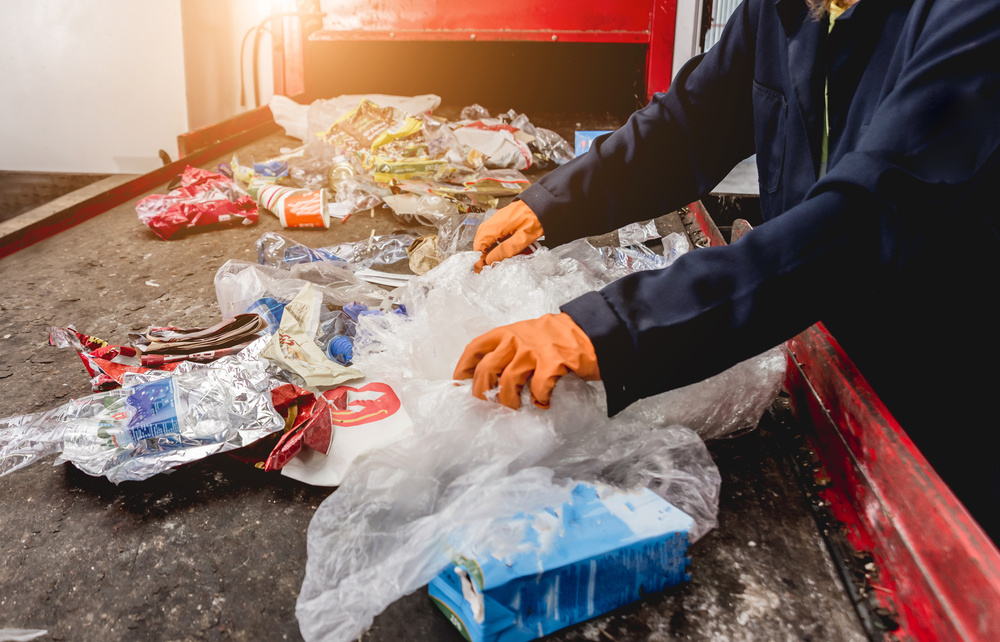Residential recycling remains a mystery to millions of Americans who dutifully put out their curbside recycling bins with the trash. For example, many have never heard of the materials recovery facility (MRF) or the role it plays in recycling. If they did, they would understand why so many municipal recycling programs have shut down over the years.
An MRF is essentially an intermediate stop on the way to recycling. A local trash hauler or municipal waste department picks up recyclable materials at the curb. Those materials are delivered to the MRF for sorting. Only after sorting and cleaning are they ready to continue to the next leg of the journey.
A Prep Station
One way to explain the MRF is to consider it a prep station. It acts as sorting and decontaminating facility that prepares recyclable materials in advance of selling them to actual recyclers. The MRF is necessary for the residential recycling arena because it performs the tasks consumers do not perform at home.
Curbside recycling is an ‘everyone into the pool’ sort of thing. You have a single recycling bin into which you put to paper, glass, and whatever plastics your community recycles. Here’s the problem: those materials are almost always contaminated. Common contaminants include:
- food and its residue
- labels and glue
- common household trash.
It is a safe bet that most people do not wash out plastic and glass containers with soap and water. They also do not remove labels and glue. They don’t do much harder things like remove non-recyclable plastic rings from recyclable milk jugs. So all of this needs to be done at the MRF.
Sorting and Decontamination
Sorting is the first thing that happens at the MRF. Recyclable materials need to be sorted from the trash. Next, they need to be sorted a second time according to type. The paper goes one way, glass goes another, and plastics go another way still. If your community recycles multiple types of plastics, a third sorting is necessary.
Machines can handle some of it, but not all of it. Every MRF needs to employ human laborers to do what machines are incapable of. The extra expense only adds to the cost of doing business.
As far as decontamination is concerned, requirements vary based on the materials being recycled and to whom they are being sold. Decontamination can be as simple as making sure material loads have no foreign materials mixed in. It could also be as complicated as washing plastic containers.
Industrial Recycling Is Different
It is important to understand that the MRF is only necessary in residential recycling because of the way the system is set up. There are very few MRFs in the industrial arena. Industrial recyclers do not need either the intermediary or the material prep.
For purposes of illustration, let us talk about a company known as Seraphim Plastics. They engage in commercial plastic recycling in Tennessee, Michigan, Arkansas, and four other states. A typical transaction involves purchasing scrap industrial plastic from a local business.
Businesses are required to separate the plastic they want to sell to Seraphim. They are also required to decontaminate it. When the Seraphim truck arrives to pick up a load, that load consists of plastic materials ready to go right into the recycling process as soon as they arrive at Seraphim’s facility. No further sorting or decontamination are needed.
MRFs are not necessary for industrial recycling because sellers handle sorting and decontamination themselves. They are necessary in residential recycling because consumers are not required to separate and decontaminate. Therein lies the difference between profitability and the lack thereof.

